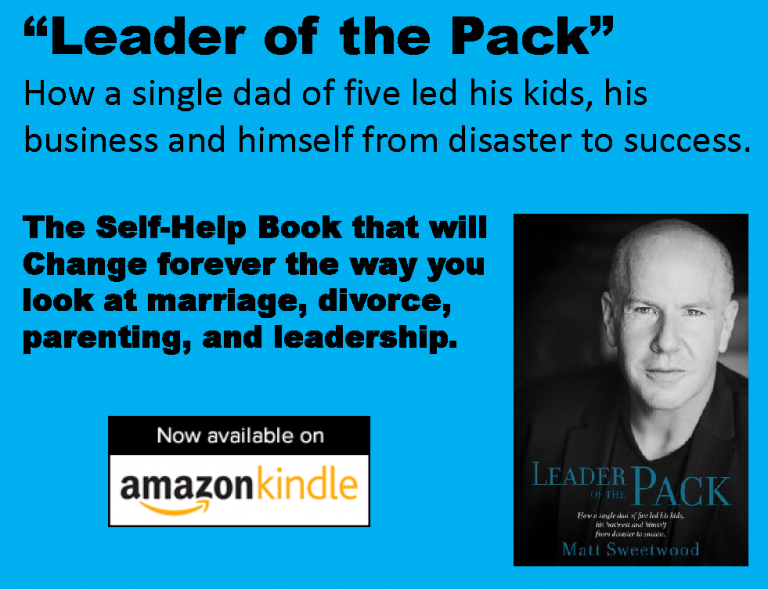Think 2030: Long Term Business Trends It’s Good To Follow

We’re told all the time that if you want to thrive in business, you need to embrace change. This is true, although maybe slightly pointless advice. Unless we know what to change and how, it’s always going to be difficult to prepare for it. Getting into specifics is even harder. At the rough end of 2019, many people would have advised that legacy social media was nearing a steep drop in popularity and that the “instore experience” would be vital in 2020. Those were perfectly reasonable pieces of advice, but they ended up being entirely wrong as we took to Twitter to commiserate about everything shutting down.
So it is hard to predict the future – or, to be more accurate, it is hard to predict specific details about the future with a great deal of accuracy. What is possible is to recognize trends and understand the things that aren’t moveable. We can’t predict which country will be the most popular holiday destination of 2030, because we don’t know what will happen in each country. We can predict how travel and property development will be affected in 2030, because we have climate modeling and demographics. Below, therefore, we’ll look at some of the things we can reasonably expect – and get ready for – as we look towards the start of the next decade.
There will be more movement towards cities
It’s a standard piece of business advice that you “go where the people are”. Footfall and proximity to amenities mean that the closer you can get to the more densely populated areas, the more likely your business will have enough customers. An increase in urbanization seems for the time being to be an irreversible trend – and people from smaller cities will also move to bigger cities, thus increasing the value of real estate in New York, London et al. How you react to this is up to you: it does mean you may get better deals on commercial real estate in smaller cities, and that will be worth a look – business in those cities won’t just stop.
The climate will continue to change
Governments are making bold commitments: to have fossil-fueled cars off the road by 2040; to have all-renewable energy in all public spaces by whenever, and so on. What is not happening, though, is substantial change right now, which is a concern when you realize that even hard action in the moment will take time to have an effect. The planet is likely, therefore, to keep heating and could be a few degrees hotter, with some areas becoming uninhabitable, by 2030. If your business handles naturally-grown produce, be ready for a disruption in supply if you, or any of your suppliers, have links in the global South. It’s also going to be all the more important to follow green initiatives of your own.
The population will age to some degree
Two facts that are undeniable: medical science has led to a rise in life expectancy; and economic uncertainty has brought about a drop in birth rates. The consequence of this is that there is a growing cohort of the 65+ age group, with greater disposable income than most other age groups. This is going to remain the case for the immediately foreseeable future, so if you’re selling commercial goods it’s worth being aware of the demographic trend we’re seeing. Other factors will undoubtedly arise in the next ten years, but these will not change the base fact of an ageing population.
Think 2030: Long Term Business Trends It’s Good To Follow
Categories: Outside Contributors




1 reply »